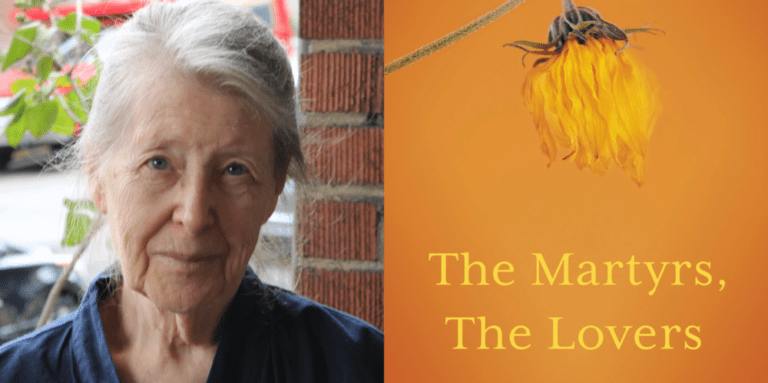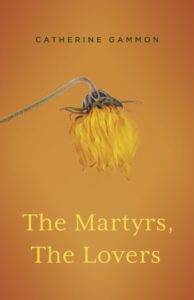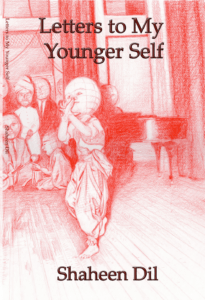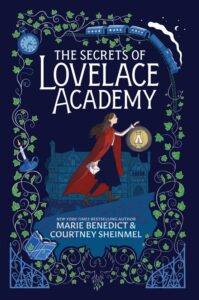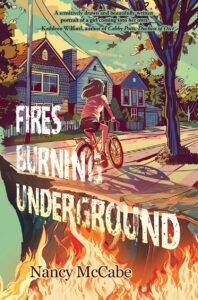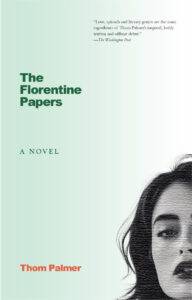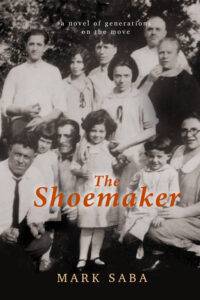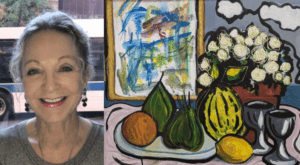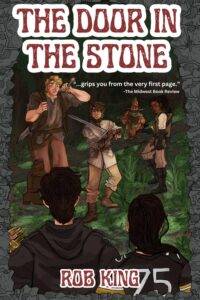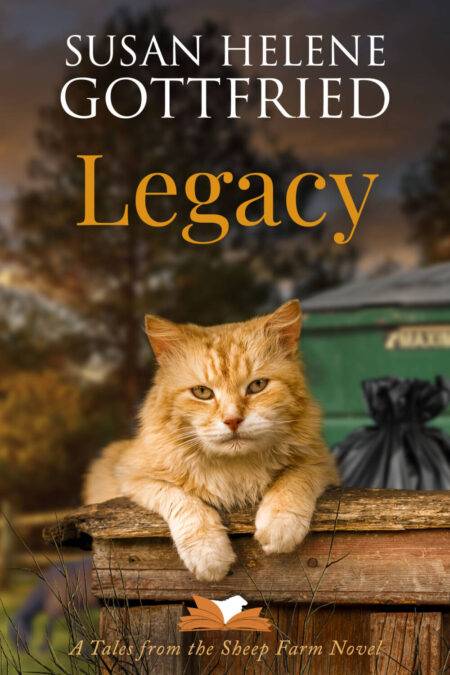From the Publisher: “Jutta Carroll and her lover Lukas Grimm are found in their home—one bullet each, three weeks dead.
The Martyrs, The Lovers circles the mysteries surrounding Jutta Carroll’s death—probing her origin story, the rise to personal political stardom, and the fall into anxiety and public decline—all the while exploring the forces and motivations that drive political passion and activism, and the counterforces, material and psychological, that constantly threaten progress.
The Martyrs, The Lovers is loosely based on the life and 1992 death of the German Green Party founder and activist Petra Kelly with her partner Gert Bastian. The challenges to environment, peace, justice, and feminism that informed these lives and deaths—in the world of the fiction and in reality—challenge us more than ever today.
Exquisitely written, in thoughtful and poetic language, The Martyrs, The Lovers is a book whose characters and contemplations will stay with you long after you have finished reading.
More info About the Author: Catherine Gammon’s new novel is The Martyrs, The Lovers. Her previous novels are China Blue, Sorrow, and Isabel Out of the Rain. A new story collection is forthcoming in 2024. Catherine taught at the University of Pittsburgh throughout the 1990s, before beginning residential Zen training in California. She lives again in Pittsburgh.
Author Q&A Don’t miss out: Catherine Gammon will be launching The Martyrs, The Lovers at White Whale Books on March 29th!
Events “Catherine Gammon’s The Martyrs, The Lovers offers readers Gammon’s characteristically precise, beautiful prose, but there is also a thrilling new uncanniness here. With The Martyrs, The Lovers, Gammon renders humane truth out of fiction based in fact. A Sebaldian pleasure, perhaps related to Maylis de Kerangal’s practice of ‘weav[ing]the documentary as a poem’ in its comfort with unknowableness, and without doubt a thoroughly captivating story of the cruelties of ambition disappointed.” -Gabriel Blackwell, author of Doom Town and CORRECTION
“Read this book! and be seduced by Catherine Gammon’s stunning and complex political mystery of a martyr bearing witness in a dangerous world. Against a backdrop of America’s and Germany’s brutal histories, her lyrical yet frightening then haunted and intimate language crawls into the psyche of her characters. Gammon is an author whose books you can trust to shock and seduce. Brava for a new book—for our times.” –Margo Berdeshevsky, author of It Is Still Beautiful to Hear the Heart Beat, Beautiful Soon Enough, and Kneel Said the Night
Like medieval lovers, they ended up dead, side by side, their corpses rotting, undiscovered.
I understood it as a suicide, a shared action, shared despair—“ego despair,” I said at first and several times throughout the day. I elaborated: not despair at the state of the world they had struggled so long and so hard to remake; if that had been the motive, they would have killed themselves in public, their deaths a statement, immolations. This suicide was private, secret, hidden—ashamed—it left not even a note.
This image I made of their deaths, their bodies, was wrong, but I didn’t know it yet. The first news was too slight, too incomplete. In the early hours, a day, a night, this was how I saw them, decomposing lovers, Esmeralda and the hunchback, bones entwined. Her soulmate, she had called him—this man old enough to have been her father, this man who until the year he met her had lived his life in service to militaries she all her public life opposed. “My soulmate,” she had written to me. “He is key to my political and personal reality for eleven years.” This is the man who shot her, or so they said, still say, and then himself.
Like medieval lovers, they ended up dead, side by side, undiscovered. That was how I pictured them when J., on hearing the news, telephoned from New York. They had been dead three weeks, shot, their bodies decomposing.
Independently, on hearing that first, undetailed report, we had the same thought: they had committed suicide, had done it together; and in the separate moments before our thoughts found words, we each experienced a bodily shock, a muffled but palpable blow to the flesh.
She and I had not been friends. In our brief acquaintance the year before, we had disappointed one another—failed one another. But even in that brief acquaintance, she and the General with her had touched depths in J. and me that brought their decomposing bodies, an ocean and miles of land away, home to us both with physical force.
For the world she was a hero, even a saint.
She was a woman who attracted people, both as friends and as followers; she had many distant friends, of the kind who follow, and followers of the kind who love. She had other, more intimate friends, though none as intimate as the man who died with her, unless it was her grandmother, who cursed him at her grave. And she had enemies. She had spoken to me of enemies, of death threats. She no longer traveled alone, had not traveled alone for many years, always kept the General, her deathmate, at her side. I was with her in his absence only once, in the ladies room of a hotel restaurant in Washington DC, and in those few minutes, she, who at table had spoken without interruption for three hours, had nothing to say. He was more than her protector. Some of their friends refuse to believe that he could have killed her. I do not always believe it. Nor do I disbelieve. It is possible to imagine the truth of every explanation. All roads lead to that room, to their bodies, alone, undiscovered.
Still, the shootings did not take place as I first envisioned them; the bodies were not entwined, nor even lying chastely side by side: she (her body) alone on the bed, dressed, as if she had been asleep but only napping when shot in the head at close range; he (his body) in the hallway, outside the bedroom door.
I have read these facts, the official, public facts, but cannot picture the distances involved, cannot picture the positions of the bodies, the exact gestures caught in death. Or can, but cannot know. A room does come to mind: a distance, a bed, her body on it, curled on its side, her back to the door. (Is the door open or closed? I don’t seem to know. Closed, I imagine. He shoots her, leaves her, closes the door. It is one explanation. The official explanation.) She is lying on top of the covers, the door closed and he outside it, just outside, fallen, crumpled to the floor.
Is this image accurate? Unlikely. I see an austere little bed: a blue and green and purple woven blanket, a plain white—or pale yellow?—pillowcase and sheet. The room is empty except for the bed, the walls pale yellow, off-white, cream, like the sheets; dark woodwork at the windows and doors, the floor dark wood, in the bedroom and outside it, where he has fallen. No carpet. In the room, perhaps, two pale, nubby woven rugs. A reading chair: wicker, with cushions? an overstuffed armchair? a Boston rocker? Maybe a table, a little table, for cups of tea and piles of papers and books, more piles of papers and books on the floor. (But what does this tell us, this inventory of the imagined contents of an imagined room?) Most of her books and papers are in her office overlooking the garden, and more in the living room, the dining room, even the kitchen, more in the basement, where they are archived, some indexed, too many still in boxes almost two years after her departure from the Bundestag.
Perhaps the reader knows who she is, was. Recognize her. It won’t help. The real woman died. This isn’t biography. The woman here is fiction, invention orbiting fact.
Like medieval lovers, they ended up dead, their corpses rotting. They lay there, alone, for three weeks. They were known internationally, had friends all over the world. Her grandmother was closer to her than a sister. His wife, his grown children (yes, they are part of her story), had never gone out of his life. Was it three weeks before they were missed? Or were they missed earlier, sooner, their colleagues and friends and relatives anxious, finally desperate to reach them, until at last the police opened the modest house where they had lived together for so many years—a modest house protected by a security system so reliable it stood as evidence that no third party could have reached them, no forced entry could have occurred, no murder from outside. They were sealed in before they died, untouchable, the modest little house impenetrable as a tomb.
Had the neighbors noticed? Not at all. The neighbors knew the couple to be reclusive, unfriendly, maybe arrogant, even cold. It was a quiet residential neighborhood, lower-middle and working class, full of grandmothers and young families with children, gemütlich and conservative, uncomfortable with the aristocratic manners of the tall stoop-shouldered old gentleman, the intensity and passion of the woman—which even though you heard nothing you could see when you watched from your kitchen window as she walked with him into their little back garden from the car that only he drove, could see because you saw her hands, always in motion, her mouth, how fast she talked, her eyes, sunken and lined with dark circles that until you got used to them led you to worry that she couldn’t be well; all the years she lived here beside you, you had never seen her without those dark circles, and because you had heard it on television and read it in magazines, and because when each of your children was a baby and you were awake with them in the night you had seen the upstairs lights on and her shadow against the curtains, you knew she was tireless, worked herself to exhaustion and kept on working. It was odd living next door to them, knowing they were famous. Maybe you wouldn’t have expected them to be more outgoing, maybe if they had been famous for something other than what they were famous for, if they had been movie stars or athletes (and what would movie stars or famous athletes be doing living here next door to you?), but these two were famous for working for justice and peace, famous for their active compassion, you had heard her speak on TV. You would have thought people like that would be friendlier, would respond when you invited them in to see your new baby, the woman at least would listen if you wanted to tell her about your child’s talent for painting or your mother’s funeral or the latest problems on your husband’s job. You’d have thought these two would care about the people around them. But they didn’t, they kept to themselves. They came and went, and often they traveled, and if they were gone for weeks or longer nobody on the cul-de-sac missed them, no one knew or expected to know anything about them. And then they were dead, their corpses rotting.
Like medieval lovers, they had broken taboos. He was married, and old enough to have been her father. He lived in two cities, with his wife in Munich, with her in Bonn. Their relationship was a public fact. They didn’t marry, he didn’t divorce his wife, although as time went on his wife was left more and more behind. At first the tabloids treated their love as a scandal but soon enough it was old news. The papers liked to photograph them, especially her: she was beautiful, most of all back then, in the heat of battle and victory, in her prime. The international press liked her too: she was fluent in English, eloquent in either language, an inspirational speaker, all fire and zeal. It was NATO’s projected deployment of Pershing II and cruise missiles in West Germany that brought the two of them together and established her international fame. He, a senior general in the Bundeswehr, left the army over these missiles: resigned in protest, retired, or forced out for objecting—I have read all versions and don’t know the truth. Assume the most noble: he resigned in protest, refused his pension. But as soon as I write this I doubt. Let him have the pension. Therese, his wife, will need it. (I am changing a name here. Soon I will rename them also, the famous dead.) With his pension in hand, resigned, retired, forced out all come to the same thing. Pension in hand, he joins with other retired and pensioned senior NATO officers to protest the Pershing II deployment. These are his peace credentials when he meets her in 1980. His background is conventional. Like most German men of his generation he had served in Hitler’s army: a young lieutenant home from the Russian front when he marries Therese at the end of the war. For a decade or so he works in publishing before returning to the army—the new army of the new reformed, democratic, de-Nazified West Germany. For almost a decade more he is a member of a right-wing Christian political party, until he resigns in protest over the extremity of its leader. Does he leave the right then—for the center perhaps, or for a studied political neutrality, good for an ascending military career? I don’t know. Either way, his later break with the army when it comes is for him a radical move, and his meetings and working encounters with the young, beautiful Joan of Arc of the antinuclear movement—she needs a name now: call her Jutta Carroll—awaken and arouse him to a courageous activism that goes beyond the theorizing, educating, speech-making, and letter-writing that already consume so much of his time. Together they lead peace marches and sit-ins, get arrested, sit in and march again. In 1983, with twenty-five other members of the alternative political party she has helped to found, they are elected to the Bundestag: Jutta Carroll and General Lukas Grimm. When they arrive to take their seats, they and their twenty-five comrades in peace demonstrate the transformational significance of their election by carrying flowering tree branches into the stuffy parliamentary chamber.
Nine years later they are dead, she forty-four, he sixty-nine, their bodies undiscovered for nineteen days. They had still been living in Bonn, in the house they had shared since coming to parliament. The winter before they died they had installed a security system. For years she had traveled only with him. She had been threatened. He kept a gun, a model that held only two bullets, the gun that killed them. It is not true that they were sealed in. The upstairs balcony door was found unlocked. But because the Bonn police also found gunshot residue on the General’s hands, and no signs of struggle, they drew their conclusions quickly and perhaps too quickly closed the case. When news stories appeared, then obituaries, then longer, more thoughtful tributes to Jutta Carroll’s life and work, the accounts were contradictory, in small details and large. None of those stories reaches the truth, not of her death, not of her life.
This writing, too, will fail.
Copyright © Catherine Gammon. This excerpt is published here courtesy of the author and should not be reprinted without permission.


